Stellar Blade very much wants to be a merger of NieR: Automata and the Soulslike formula. It’s a flashy science fiction romp through a decrepit, decaying world, and the ambience is certainly going to be familiar to NieR fans. It’s also undeniably well-made. However, for all the comparisons people have been making to the likes of NieR: Automata and Bayonetta (because the protagonist is “sexy” and all that), Stellar Blade doesn’t quite reach those highs because it struggles to have anything interesting to say behind the excellent gameplay.
Of course, compared with NieR: Automata, which is a philosophical thesis wrapped in the packaging of a video game, but Bayonetta, which was consistently subversive and challenging, not being to that level is not really criticism so much as it is an observation. It’s only a very rare storyteller that can even come close to those works. Nevertheless, Stellar Blade is difficult to take seriously as a narrative. There was one point, relatively early on, when EVE and her human ally-speaking-through-floating-robot, Adam (get it? South Korea is a very Christian nation) were talking about their mission, which is to save the last vestiges of humanity by destroying the hostile, plague monster-like Naytibas. Eve says “The city. It’s so quiet, and so lonesome,” to which Adam responds “Well, it’s what happens when a city becomes devoid of humanity.” The banality of that had me chuckling, but then I laughed out loud when, immediately after, they shift to talking about the effective genocide that EVE’s looking to accomplish, and how she must annihilate one species to save another, and Adam quips “Well, that’s no fun.” I haven’t come across such a laboured effort to be totally deep, maaaaaan, in quite some time.
More seriously, Stellar Blade’s narrative isn’t that bad for the most part. When it’s paired up with the action, it’s a roller coaster ride of big moments and explosive action. The little snippets of lore that you pick up along the way help keep the proverbial pages turning, and the dynamic between Adam and Eve is a good one. When the story is the background pushing the action on, it shines. It’s just that Stellar Blade doesn’t do quiet moments, introspection, reflection and thought particularly well, and this distinguishes it from its immediate peers that it’s being compared to.
Which brings us to the million-pound elephant in the room: EVE’s design. It’s sexy. It’s specifically designed to be sexy. It hyper-exaggerates every idea of feminine beauty you could imagine. These exaggerations range from the more innocent, such as EVE’s doll-like face, long, silky hair, and even longer legs (with heels to lengthen them even more), right to the more overtly sexual and raunchy, including her backside, wide hips/narrow waist, and back-breaking large boobs. You’d struggle to identify a single part of Eve’s design where her femininity hasn’t been exaggerated to its most extreme.
I’m not going to bother discussing the male gaze and all that theory here, because that discussion is playing out in other corners of the gaming media perfectly adequately, and it’s abundantly clear that it’s a discussion that people can’t handle without getting toxic about it. What I would say, however, is that both of Eve’s most obvious immediate peers are both sexualised for very specific, thematic, and yes, artful reasons. NieR Automata’s narrative is heavy on the search for humanity and “God” (i.e. the perfection of the human form and psyche), and 2B is a physical manifestation of that discussion. Meanwhile, Bayonetta’s sexualisation is done specifically to subvert, in what is a highly feminist series and character.
EVE, meanwhile, is just beautiful and sexy because beauty and sexiness are nice things. There’s no “a-ha” moment here where it’s clear that those massive boobs are there to make a point. They’re just good to look at. I’m certainly not complaining – I believe that a major role of art is to create beauty, video games are an art form, and the art team certainly hit its brief with EVE. However, without complaint, I do think the comparisons that many people are making between EVE, 2B and Bayonetta are superficial and missing a substantive key difference between their intent and execution.
With all of that aside, Stellar Blade plays beautifully. The developers have implemented a fast-paced combat system that relies heavily on quick reflexes with both parries and dodges. It might not be as challenging as a Soulslike or similar, but it still has plenty of teeth and does like to punish people who try and button-mash their way through.
This even applies to the easiest difficulty setting. If you turn that on, you’ll have slightly bigger windows for timing deflections and moves, and you’ll even have button prompts pop up on the screen to tell you which action to take to mitigate an enemy’s attack. Unfortunately, you don’t usually have long enough to actually process what you see when those prompts appear, so even in easy mode you’re not going to have your hand held too helpfully. Enemies themselves aren’t overly difficult, and even boss battles tend to be quite quick to take down, but where the challenge lies is that enemies can do a lot of damage quickly if you play carelessly, and the number of restorative items that you can carry is relatively limited.
The same lack of hand-holding tends to apply to exploration, too. For years now we’ve heard people complain about “yellow paint on walls” to clearly mark where players can climb on the scenery. That artificial contrivance is the result of graphics reaching the point where it’s hard to tell, just by looking at environmental objects, what has been designed to be interactive. The developers of Stellar Blade have clearly tried to minimise the convenience of markers. The yellow is still there, to be clear. It’s just much less in-your-face than we’ve seen in many other games over the last few years, and it seems to be an effort to help the scenery and environment look authentic. You do have a radar function that can help you spot those climbing features, but more than a few times when caught up in the action I missed them, walking directly past climbable elements multiple times before realising, almost by pure luck, that there was something to climb.
A lot of this stuff that you’ll find by clambering around these areas is not essential, and I did like that the game was absolutely filled with spaces that are really only there to give you bonus enemies to fight and some good bonus loot as a reward. So many other action games have either gone with near total linearity or an open world, so it’s nice to have a game that is still linear and focused to maintain the pacing, but also incentivizes taking a good look around to see if there were some bonus treasures lying around.
Frequently on the adventure, you’ll come across locked doors and chests that need to be opened. These either require you to scour the environment for a key, or solve a rather obscure puzzle. In both cases the last of support when you’re feeling truly stuck can be maddening. The flip side to that is that progress does feel good, and that you’re the one playing the game rather than the game telling you how to play it. However, I do expect that the Websites that write guides on how to progress through Stellar Blade are going to get a particularly good hit of SEO juice.
There are just two things that I really didn’t care for in Stellar Blade, but they do sour the entire experience. One was the platforming, and the frequent need to jump and swing around the place. For a character that’s so lithe, flexible, and ballerina-like in combat, EVE’s surprisingly ponderous with the parkour, and because the game doesn’t make it obvious what you can and cannot interact with, a lot of the platforming involves trial-and-error and those errors can be incredibly damaging. The platforming is clumsy, clunky, and an ugly contrast to an otherwise beautiful movement system, and the game wouldn’t have lost anything if it got rid of this particular part of traversal.
The other issue was how close the camera was zoomed in behind EVE for the most part. I understand why the developers did that – they have a butt in a skintight “costume” to show off – but the tradeoffs to having that butt on screen were significant. When facing multiple enemies there was usually at least one off-screen and difficult to monitor, and cropped in close camera didn’t help with exploration, either. It wasn’t enough that I recollect it ever causing me to be wiped out, but it is an example of where the developer’s focus was distracted on something other than providing players with a game to play, and perhaps not for the better.
In so many ways Stellar Blade comes across as reactionary. It’s a rejection of the way that modern games aim to be accessible with crystal clear wayfinding, easy-to-solve puzzles and an easy mode that plays itself. It’s also a rejection of the idea that video game characters should be humanised and “realistic”, instead opting for the mannequin look with hyper-idealised femininity. It resolutely refuses to be profound or meaningful, or be anything other than a wildly entertaining video game. It’s all exceptionally well made and achieves everything that it sets out to, and it’s a genuinely good experience. The developers have totally successfully delivered what they intended to but it is also fascinating that Sony of all companies chose to pick it up and publish it, because more than anything else Stellar Blade feels like a response to everything that Sony has been driving towards over the past decade.
Buy the hottest games with Amazon.
By purchasing from this link, you support DDNet.
Each sale earns us a small commission.
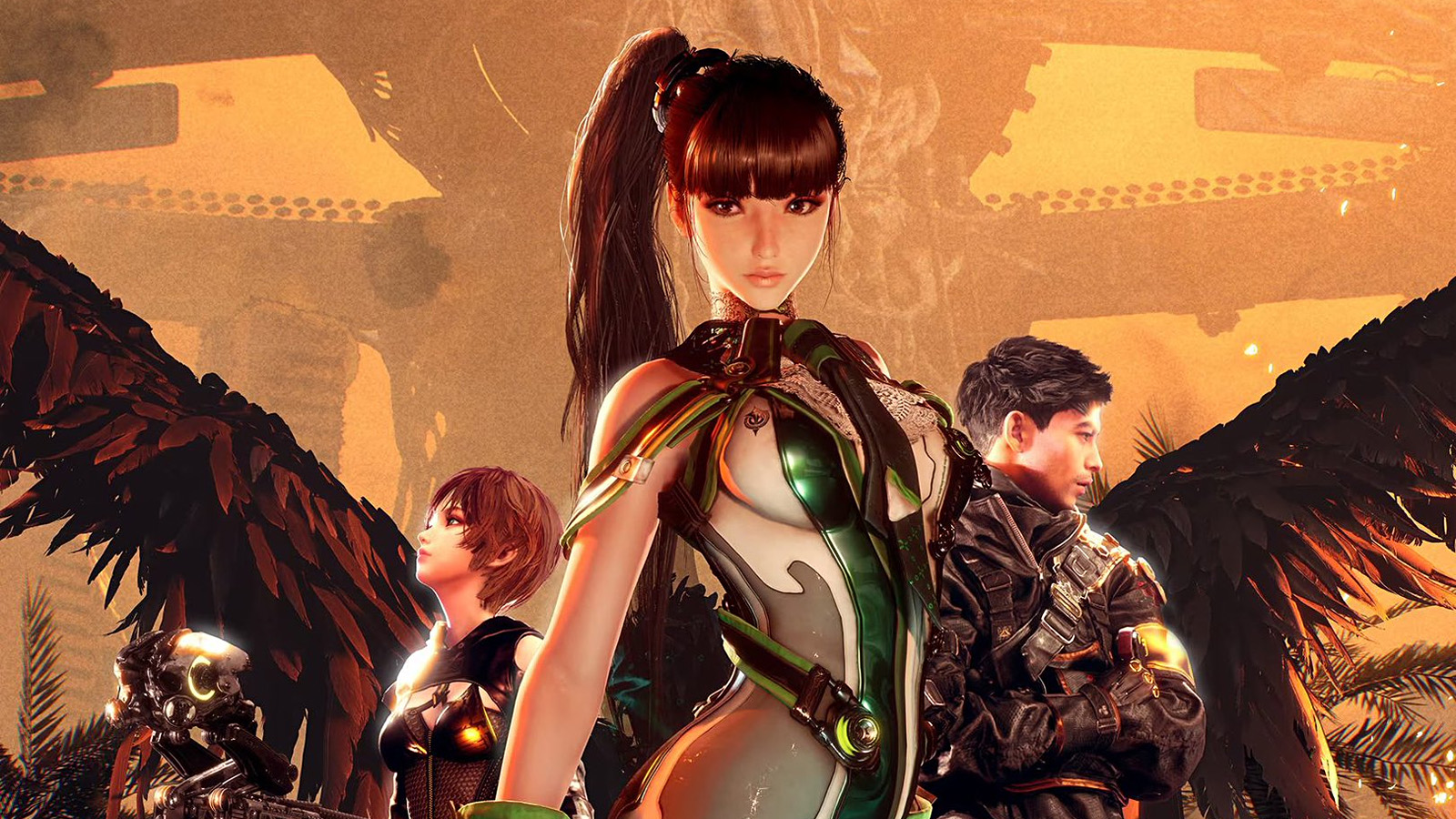

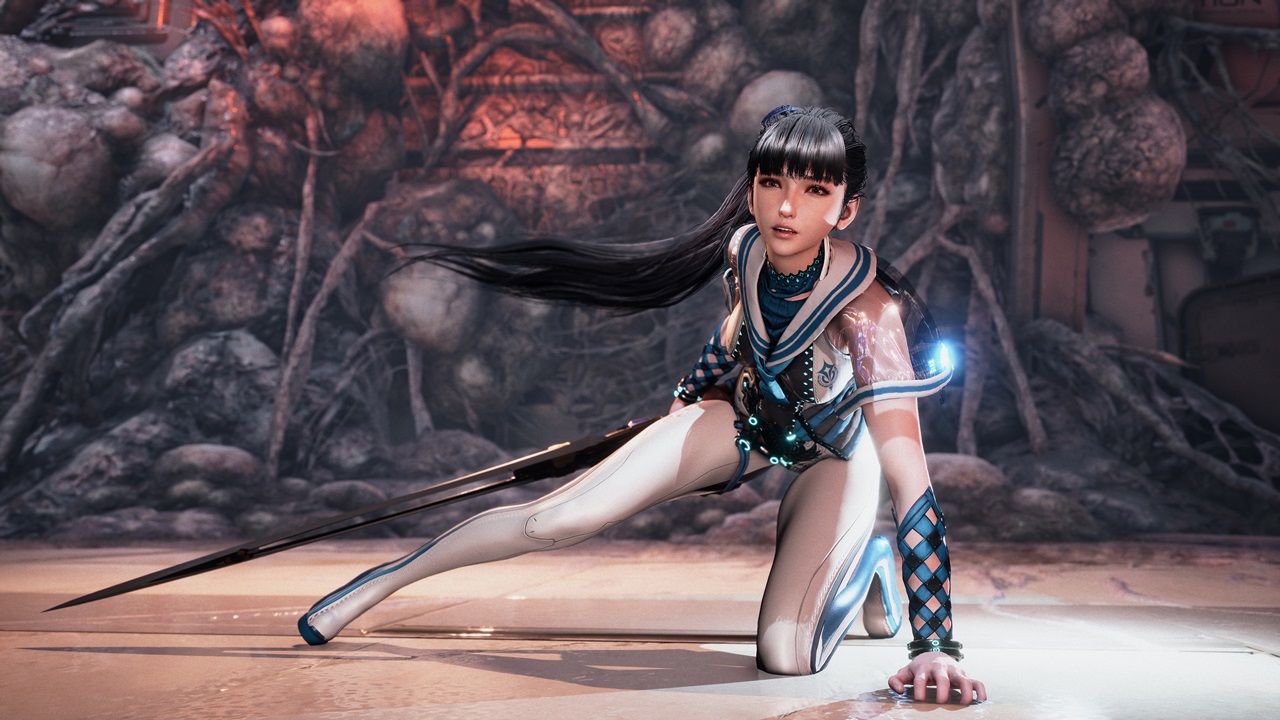
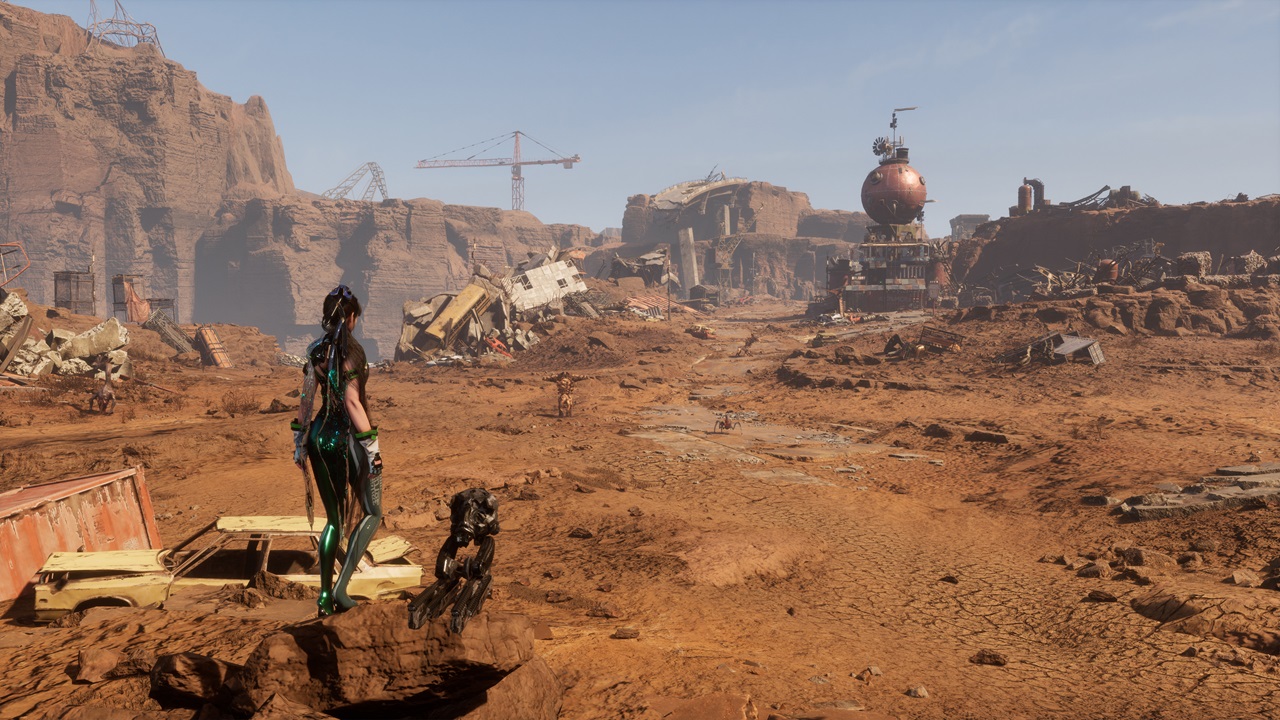
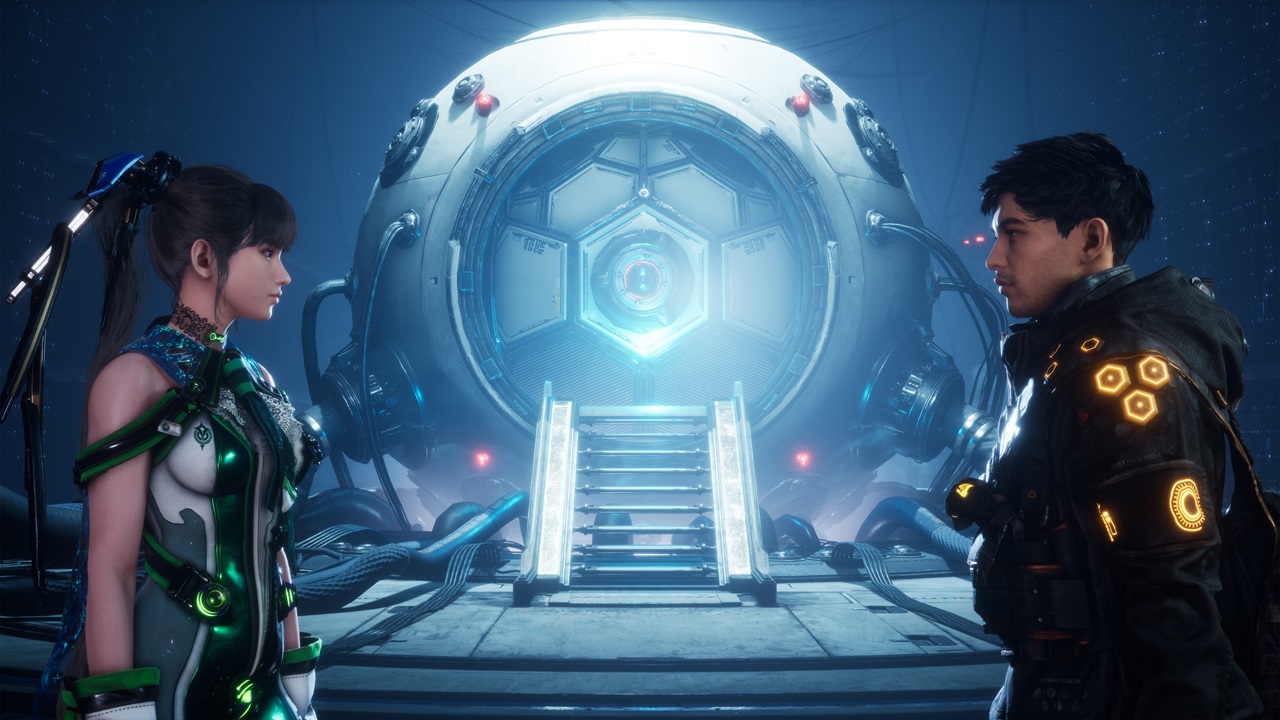
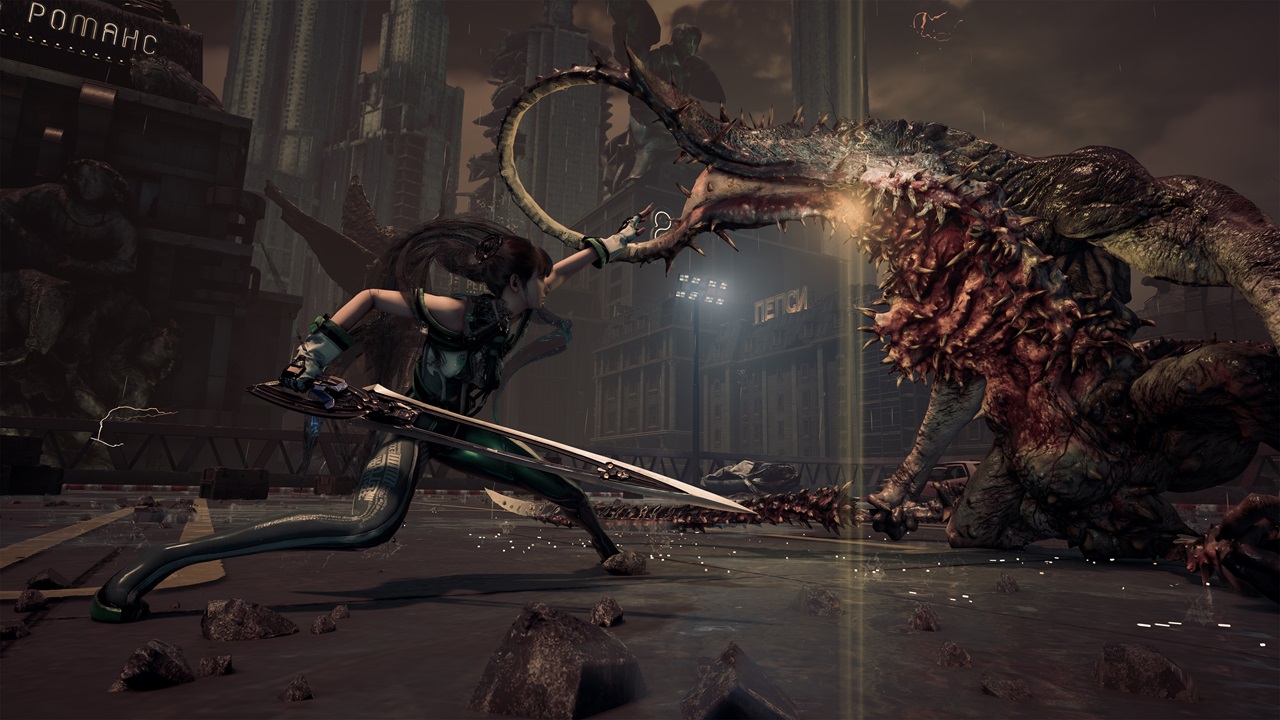

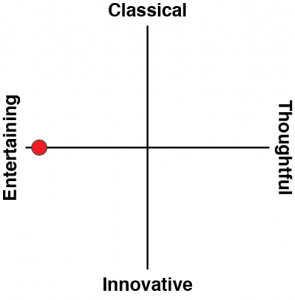
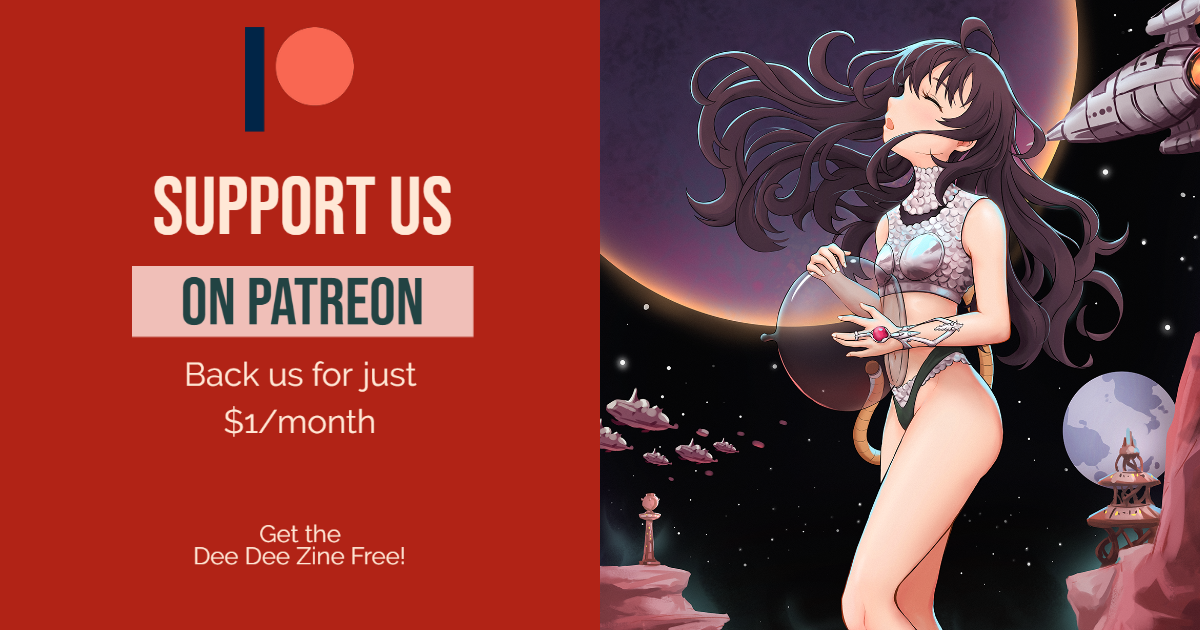
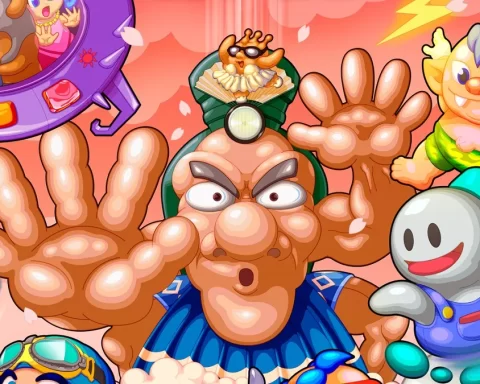
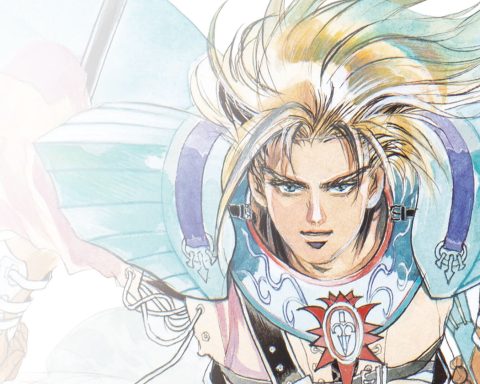


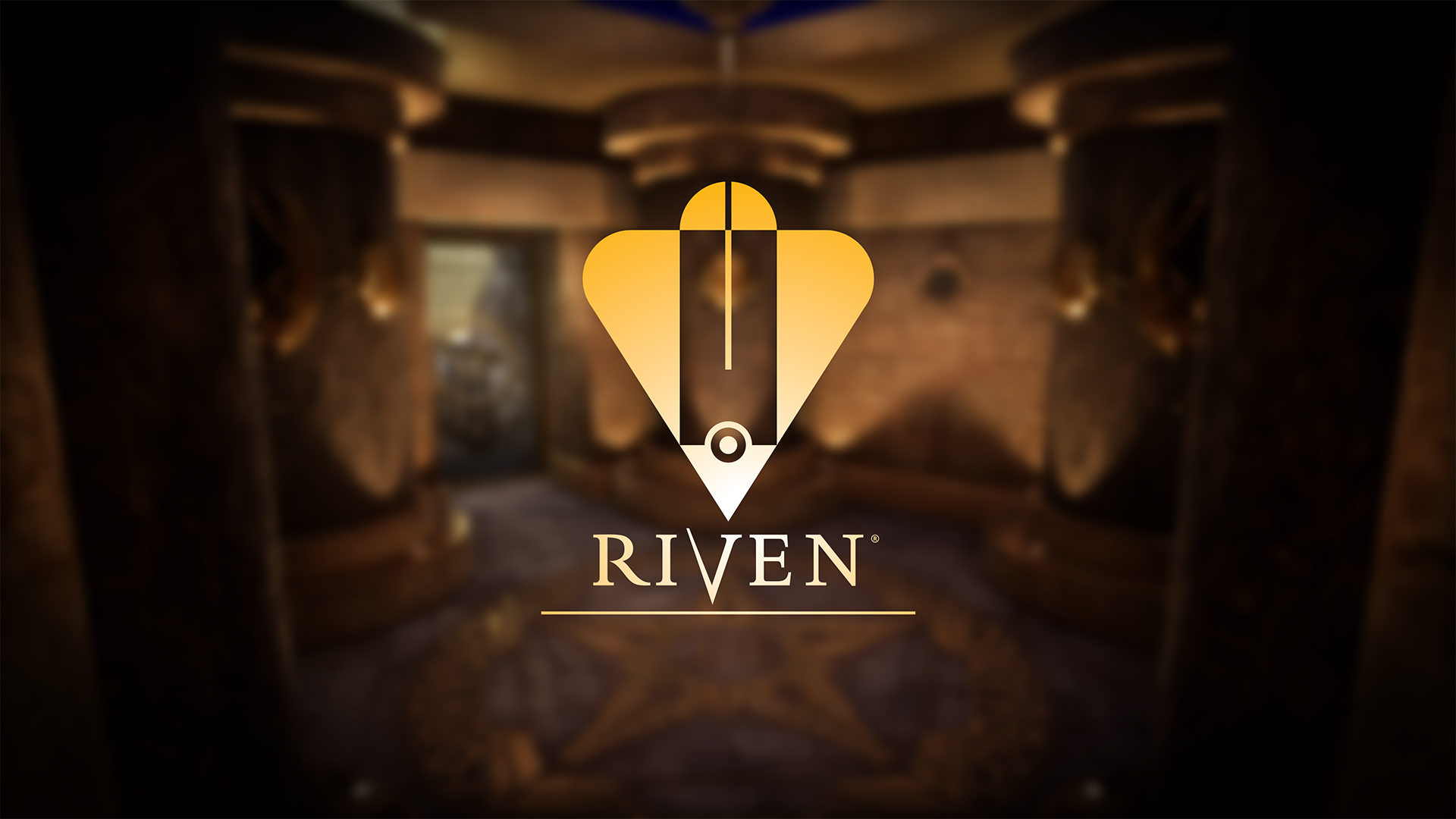
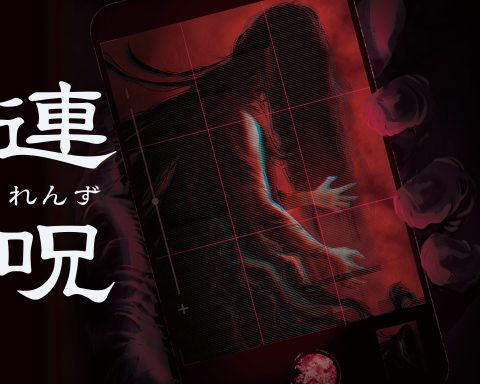

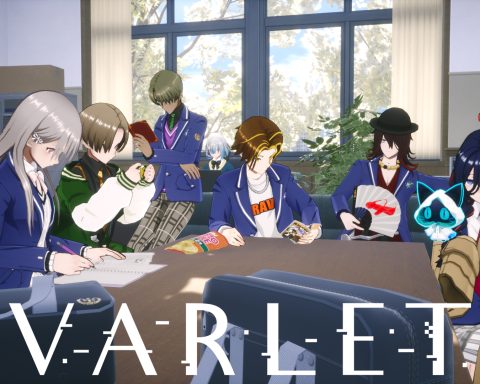

I wonder is Sony is experimenting with games like this and Ronin to see if the audience is there for games like this. We saw Ronin have a much more positive reception among Asian audiences to the point that it is now outselling Dogma in Japan.
I do think Sony’s on a bit of a fishing mission at the moment for the first time in several years. Ronin and Stellar Blade are both… quirky publishing projects for them.
I hope in both cases they pay off because this is more the Sony I like to see.
Sony wanted their own Bayonetta but doesn’t understand it beyond “big boobs sexy fast action”
It’s weird. I think the game more aspired to be NieR Automata but lol just lol at that. The game character herself does come across as a Bayonetta sans meaning though.
What’s really annoying is that the game is really, really good and could have been one of the all-time greats. It just needed a damned writer.
Ironically the character in Stellar Blade is more “realistic” than any of the recent western action women. Becsue she actually looks like the model she was based on while characters like Alloy or the one in the new Star Wars game have been made artificially uglier compared to the real people who lent their faces.
Even if the game is a mindless romp I think the conversation it sparked (and the hypocrisy it exposed) is important in itself.
I did spend a fair chunk of my time with this game feeling a hardcore uncanny valley effect where I knew the face was essentially a real person, but the aesthetics were just so stylised it didn’t look possible.
I agree that the game has highlighted a certain hypocrisy within the way games are treated. I wish that the discussion around that hadn’t gone so toxic though. It just undermined the very valid point that needed to be made.
You can thank the journalists for the toxicity. They were the first to throw insults and hostile language.
I agree on the uncanny valley, though Eve at least isn’t as repulsive as Bayonetta.